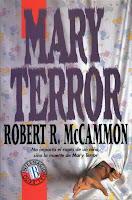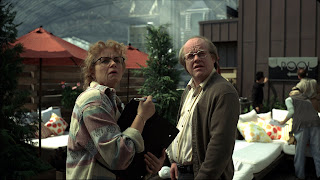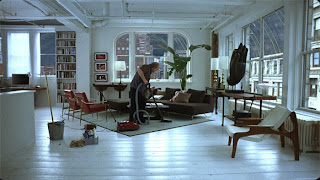The Darabont Collection

Hey guys,
Below are links to my somewhat recent reviews of Frank Darabont’s latest screenplays. I must say, Fahrenheit 451 was such a fabulous experience, probably the best read of the year so far for me, that the other scripts didn't quite measure up.
This brings to mind an interesting topic, something that all writers go through. What do you do when you write something everyone loves and then you follow up with scripts that don’t quite measure up? Everyone goes through this. Friends will tell you, “I liked this one, but it’s not as good as that last one you wrote.” There’s a mentality in the world, particularly Hollywood, that you’re only as good as your last script. Am I going to stop reading stories of friends and writers just because their last few scripts haven't been as good as some of their earlier successes? Perish the thought. We know better. Screenwriting is a long-term devotion to the craft. Stories aren't born great. They are shaped into greatness with a little help from our friends.
An inevitable part of life is that you will achieve varying levels of success and yes, that includes failure. So what do you do when this happens to you? You take the lumps and keep writing. You stay obsessively devoted to the craft. You find stories you’re passionate about and you apply everything you know about the craft to make each and every story you touch reach its fullest potential.
There's also a lot to be learned from stories that don't quite work.
-MM
-----------------------------------
Fahrenheit 451
…this is easily the best script I’ve read so far this year. The handling of the story is right down the line everything I would’ve done had I landed this assignment. It’s everything I would want to see in an adaptation of the book. Every strength in the book that I listed at the beginning of the article is evident in the script.
Law-Abiding Citizen
…what bugs me about this story is that it has such potential for greatness and yet the filmmakers, which I’m sure includes a lot of interference from this bloated committee of producers, seems content to let this story flounder in the realm of marginally above grade B-movie thrills.
Mine
I can pinpoint where the story lost me. It lost me in the 80-page range. It really lost me in the 90-page range. Then it pulled me back somewhat with a thrilling car chase sequence. After that, I was just waiting for the predictable events to play themselves out. And then I was disappointed that those events played out as predictably as I thought.





































